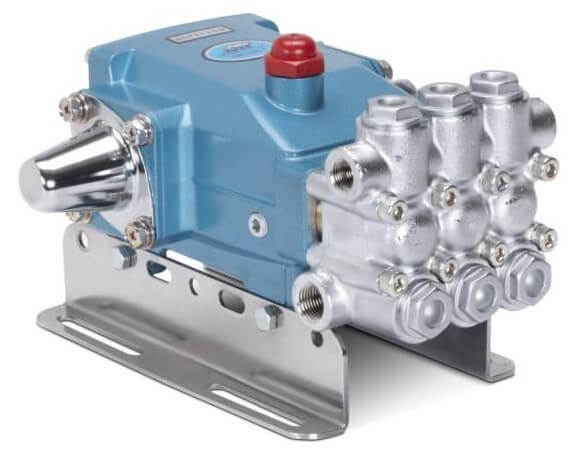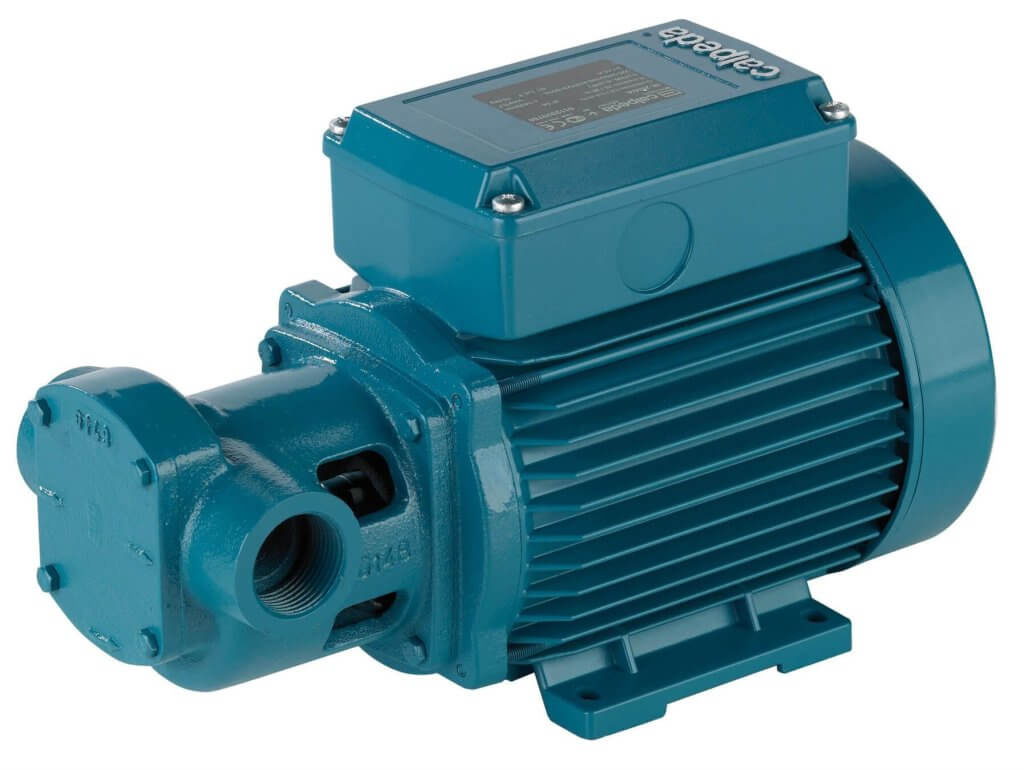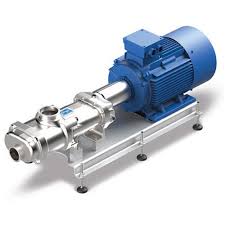introduction of positive displacement pumps
positive displacement pumps or PD pump in short move a constant volume of fluid in the system by repeatedly locking it. Pumping in this type of pump is done by piston, screw, gear, diaphragm, etc. These pumps are designed so that every pumping action is forward (positive) and prevents fluid from returning to the pump inlet or inside the chamber.
Types of positive displacement pumps
Although there are different types of positive displacement pumps, they generally fall into two categories: reciprocating pumps and rotary pumps. In this type of pumps:
- A constant volume of fluid is transferred in each round.
- The pressure remains constant.
- Current is proportional to speed.
Positive displacement reciprocating pump
A reciprocating pump works with piston, plunger or diaphragm strokes. These repeated movements back and forth are called reciprocating cycles.
The types of reciprocating pumps are:
- Piston pump
In a piston pump, the first movement of the piston creates a vacuum, opens the inlet valve, closes the outlet valve, and draws the fluid into the piston chamber.
By reversing the movement of the piston, the inlet valve, which is now under pressure, closes and the outlet valve opens and the fluid in the chamber is drained.
The volume of fluid moved in this type of pump depends on the volume of the cylinder.
- Plunger pump
Plunger pump function is similar to piston pump. The volume of fluid moved in this type of pump depends on the size of the plunger.
Note that it is important to seal around the plunger to maintain pumping performance and prevent fluid leakage.
In general, sealing the plunger pump is easier than other pumps.
- Diaphragm pump
In diaphragm pump, instead of piston or plunger, a flexible layer is used for fluid movement.
With the expansion of the diaphragm, the volume of the pumping chamber increases and the fluid is drawn into the pump.
Then, by compressing the diaphragm, the volume decreases and the liquid comes out. These types of pumps are ideal for dangerous fluids and are mostly used in refineries and petrochemicals.
Rotary positive displacement pump
Rotary pumps are a type of positive displacement pumps that use gears, screws or vanes to trap and move fluid.
Unlike reciprocating pumps in which the direction of the flow reverses in each reciprocation, in rotary pumps a constant volume of fluid is moved and the flow is continuous.
These types of pumps are suitable for transferring fluids with high viscosity due to their high efficiency.
The types of rotary pumps are:
- Gear pump
In a gear pump, two connected gears are used to trap the fluid. This type of pump is cost-effective and occupies little space.
- Screw pump
In a screw pump, one or more screws are used to trap and move fluid with a uniform flow. These pumps do not need a separate suction system; They are resistant to wear and corrosion and are less noisy than other pumps.
These types of pumps have higher purchase, maintenance and repair costs.
- Vane pump
In a vane pump, the vanes move freely in the rotor. With the rotation of the rotor, the centrifugal force creates pressure on the suction side of the vacuum and on the outlet side, and as a result, it causes the fluid to move.
This type of pump is available in a wide range of pressure.
Difference between positive displacement pump and dynamic pump
Dynamic pumps are capable of providing higher flow rates and work with low viscosity fluids. In chemical factories, 90% of pumps are dynamic.
But positive displacement pumps are preferred in some situations, because they can pump fluids with high viscosity and are more efficient at high pressures and relatively low flow rates.
Also, when accurate measurement is important, positive displacement pumps are more accurate.
Limitations of the positive displacement pump
- Compared to dynamic pumps, they have a more complex design, which leads to an increase in maintenance costs.
- Their maximum flow rate is lower than dynamic pumps, so they are suitable for high volume applications.
- Due to sealing limitations, they are less efficient in transporting fluids with low viscosity.
- Reciprocating positive displacement pumps generate significant noise and vibration.
- Due to the pressures generated during the pumping cycle, a pressure relief system is essential in positive displacement pumps. Whereas dynamic pumps do not need protection against overpressure, because the fluid is recirculated in the system.
Positive displacement pump applications
- Piston pump: water transfer, other low viscosity liquids, oil production
- Plunger pump: accurate metering or dispensing, spraying/cleaning, water treatment, paint, oil, corrosive liquids
- Diaphragm pump: chemical and food, health, pharmaceutical and biotechnology industries
- Gear pump: pumping liquids with high viscosity in petrochemical, chemical and food industries
- Screw pump: oil production, fuel transfer and injection, irrigation
- Vane pump: low viscosity fluids, vehicle transmission systems, fuel loading and transfer








